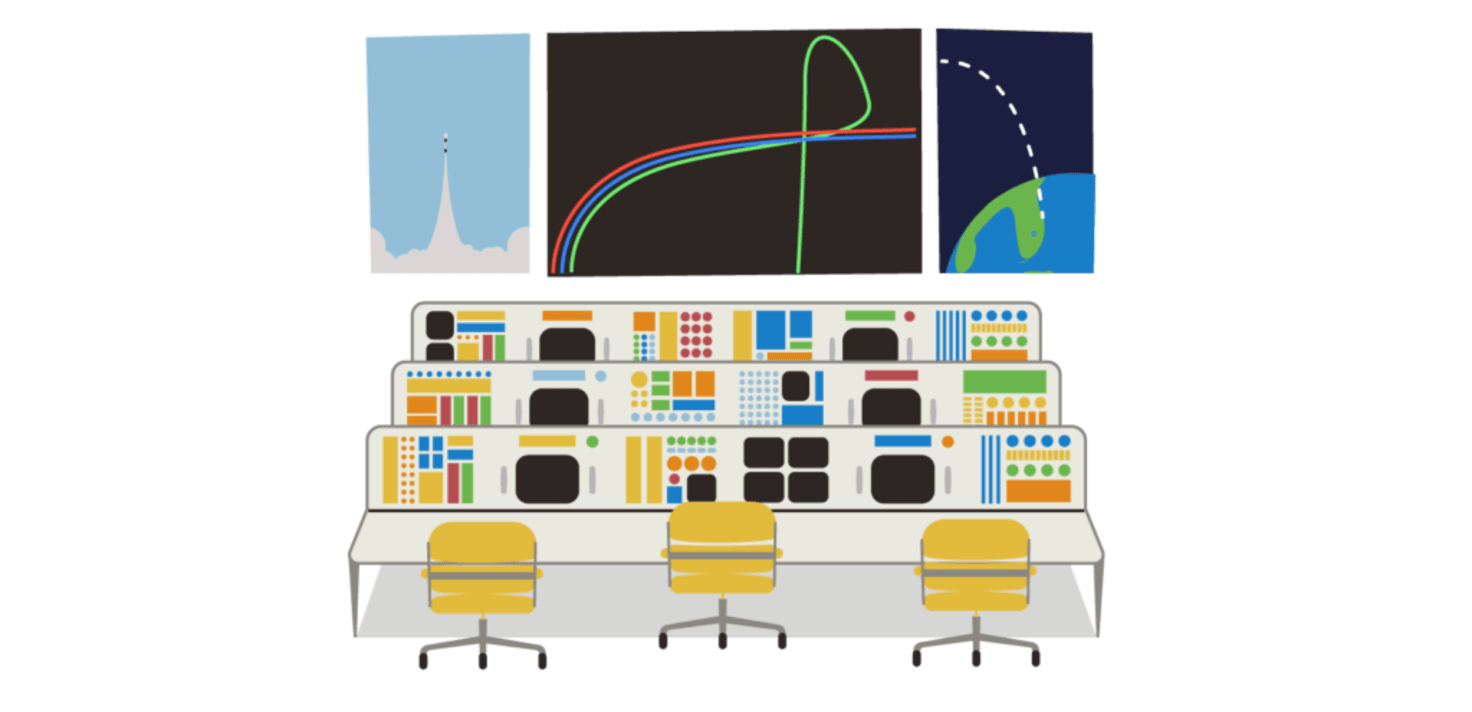Accelerate development to light speed with Continuous Delivery.
Continuous integration(CI) is one of the most cutting-edge software development methodologies out there. As explained in this blog post on continuous integration, it revolves around frequent iterations, constant bug checks, and automated integration. CI contributes to a flexible and adaptive programming mantra known as agile development. The next logical evolution beyond CI is known as continuous delivery (CD).
Continuous Delivery Basics
Continuous delivery is a development method that is committed to further encouraging flexibility, adaptation, and speed. The end result is software that is more reliable and ready to be deployed sooner. In CD, a team works to produce software bases in short ‘cycles,’ or rounds of updates, testing, and deployment of code.
Instead of having an initial release followed by gigantic, iterative software patches, teams work to continuously build upon a finished product, making incremental updates and fixes based on user needs and performance data. That way the software can be ready to deploy at any time. Since bugs are discovered and worked out quickly, the team can focus on building and optimizing.

Because updates are incremental and less is changing with each new iteration, there is less risk associated with releasing a new version of the software. That means devs don’t need to worry about users finding bugs or problems after adding new features, because at the end each day the team should have a reliable product thanks to automated testing and integration. This means a stable version is maintained and ready to be deployed at all times.
Updates and flexibility
This frequent updating and revision makes the software development process more flexible and adaptive to new environments. Adding features, making alterations, and fixing bugs is easier than ever, as delivering updates becomes just another step in the development cycle. CI/CD also offers unparalleled responsiveness to a client’s needs and suggestions. If a new feature is requested at breakfast, a team can have it ready by lunch.
And because the project is always evolving, scalability isn’t an issue. Robust updates to architecture and microservices can ensure that a software product is able to grow quickly without putting strain on its individual parts and pieces. Continuous delivery results in software that is more reliable, more functional, and easier to fix and upgrade.
Projects in continuous delivery ensure a steady, incremental evolution that actually ends up making an app or program faster to build, and even faster to maintain. With a smart combination of continuous delivery, continuous integration, and other agile development methodologies, the software development process can fly like never before.


